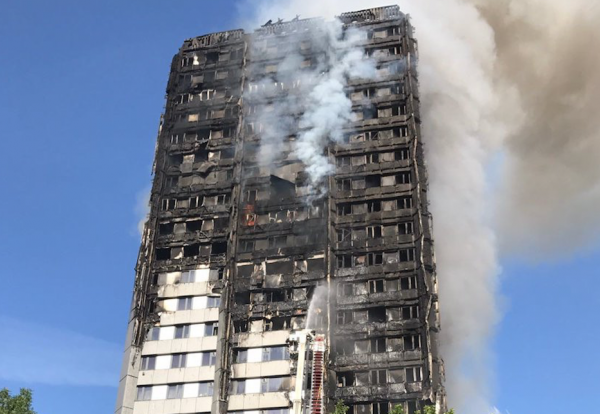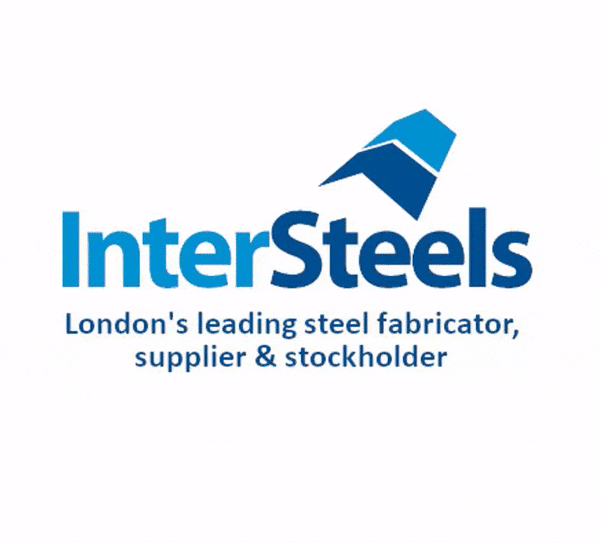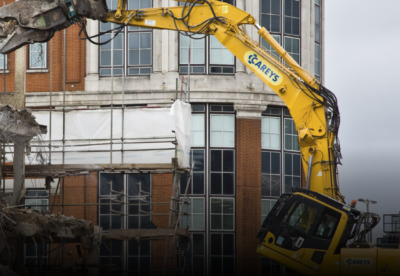Architects, building firms and Grenfell survivors had backed a ban on using combustible materials in construction, but the Hackitt Review has favoured rethink of regulatory systems and chains of responsibility.
At its heart is a CDM-style overhaul on the safety of building where clients, designers, contractors and the owner are all held responsible for fire safety.
This means the industry will take responsibility for the delivery of safe buildings, rather than looking to others to tell them what is or is not acceptable.
Private building control would be banned. Instead the building team and owners would be held to account by a new single building standards body the Joint Competent Authority. This would be formed from Local Authority Building Standards, fire and rescue authorities and the Health and Safety Executive.
It would oversee and police better management of safety risks in these buildings.
To tackle poor procurement practices Dame Judith calls for high-safety, low-risk options to be prioritised and full-life cycle cost be considered when a building is procured.
She also calls for more effective product testing regimes with clearer labelling and product traceability.
This would include a periodic review process of test methods and standards to drive improvement and higher performance. This would encourage innovative product and system design under better quality control, says the report.
The new regulatory regime would be backed by a more effective ‘market surveillance system’ nationally.
Her report sets out more than 50 recommendations for government for a more robust regulatory system.
Hackitt recommendations
New regulatory framework
• A new regulatory framework focused on higher risk residential buildings that are 10 storeys or more in height
• A new Joint Competent Authority comprising Local Authority Building Standards, fire and rescue authorities and the Health and Safety Executive to oversee better management of safety risks in these buildings (through safety cases) across their entire life cycle
• A mandatory incident reporting mechanism for dutyholders with concerns about the safety of high rise flats. Greater focus on building safety during the design, construction and refurbishment phases
• A set of rigorous and demanding dutyholder roles and responsibilities to ensure a stronger focus on building safety. These roles and responsibilities will broadly align with those set out in the Construction (Design and Management) Regulations
• Several robust regulatory gateway points requiring dutyholders to show to the JCA that their plans are detailed and robust; that their understanding and management of building safety is appropriate; and that they can properly account for the safety of the completed building in order to gain permission to move onto the next phase of work and, later allow it to be occupied;
• A stronger change control process that will require robust record-keeping by the dutyholder of all changes made to the detailed plans previously signed off by the JCA. More significant changes will require permission from the JCA to proceed;
• JCA would provide regulatory oversight of buildings independent from clients, designers and contractors and ensure enforcement takes place when needed. Oversight of high-rise residential building will only be provided through Local Authority Building Standards as part of the JCA, with Approved Inspectors available to expand local authority capacity/expertise
• More rigorous enforcement powers. This also means more serious penalties for those who choose to game the system and place residents at risk.
Improving the focus on building safety
• A clear and identifiable dutyholder with responsibility for building safety of the whole building. The dutyholder during occupation and maintenance should maintain the fire and structural safety of the whole building, and identify and make improvements where reasonable and practicable
• A requirement on the dutyholder to present a safety case to the JCA at regular intervals to check that building safety risks are being managed so far as is reasonably practicable
• Clearer rights and obligations for residents to maintain the fire safety of individual dwellings, working in partnership with the dutyholder. This will include a combination of transparency of information and an expectation that residents support the dutyholder to manage the risk across the whole building
• A regulator for the whole of the building (the JCA) in relation to fire and structural safety in occupation who can take a proactive, holistic view of building safety and hold dutyholders to account with robust sanctions where necessary.
Robust and transparent construction products regime
• Better testing regime with clearer labelling and product traceability, including a periodic review of test methods and the range of standards in order to drive continuous improvement and encourage innovative product and system design
• BIM digital records from initial design intent through to construction and including any changes that occur throughout occupation.
• Tackling poor procurement practices including through the roles and responsibilities set out above, to drive the right behaviours to make sure that high-safety, low-risk options are prioritised and full life cycle cost is considered when a building is procured;
• Ensuring continuous improvement and best practice learning through membership of an international body
To read the full report click here.









































.gif)









 (300 x 250 px).jpg)


